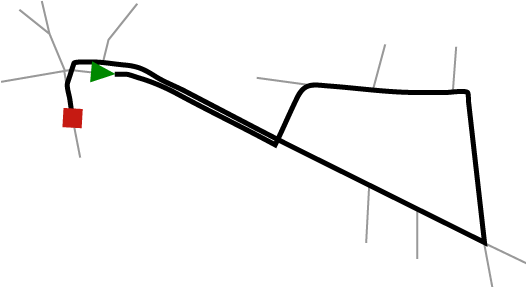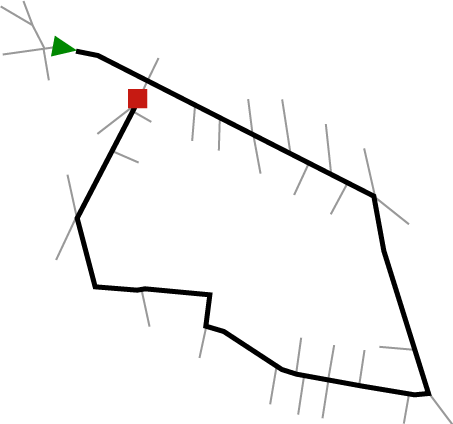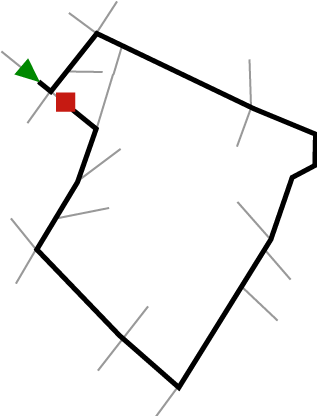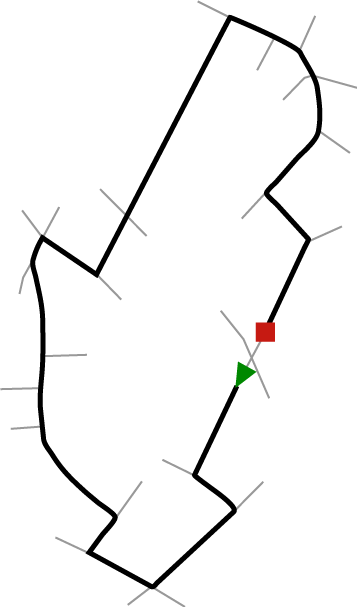You can’t get there from here
Apparently in Maine they have a saying, “you can’t get there from here” (spoken in a Maine accent), said when giving directions as an observation of the impossibility of traveling a direct route between certain places. It seems to have something to do with lakes and the organization of roads in the vast rural areas of the state. To some extent it also holds true in other parts of New England.
I have been learning my way around the Boston area for some fifteen months now, and I do not wish to suggest that the challenge in an urban area measures up to what the good people of rural Maine face, but I think of the phrase often as I’m puzzled by how to drive between two points in town. Compared to most American cities, the street network here can be rather chaotic, and absurdly simple trips like driving across a street or around the corner can require a convoluted route and an intimate knowledge of the local streets. It’s just another good reason to leave the car at home.
Anyway, while spending some time dreading getting in the car to finish a bit of Christmas shopping, I was curious to see what some of these ridiculous routes look like on a map. Here are a few of the not-so-simple paths required for simple trips in and around Boston. Bits of intersecting streets are shown to illustrate that there’s no such thing as just going around the block.





Bring GPS.
Tagged Boston, driving, maine, minimal maps

38 Comments